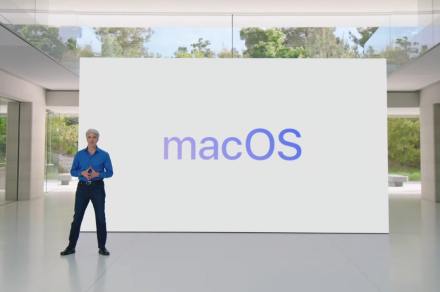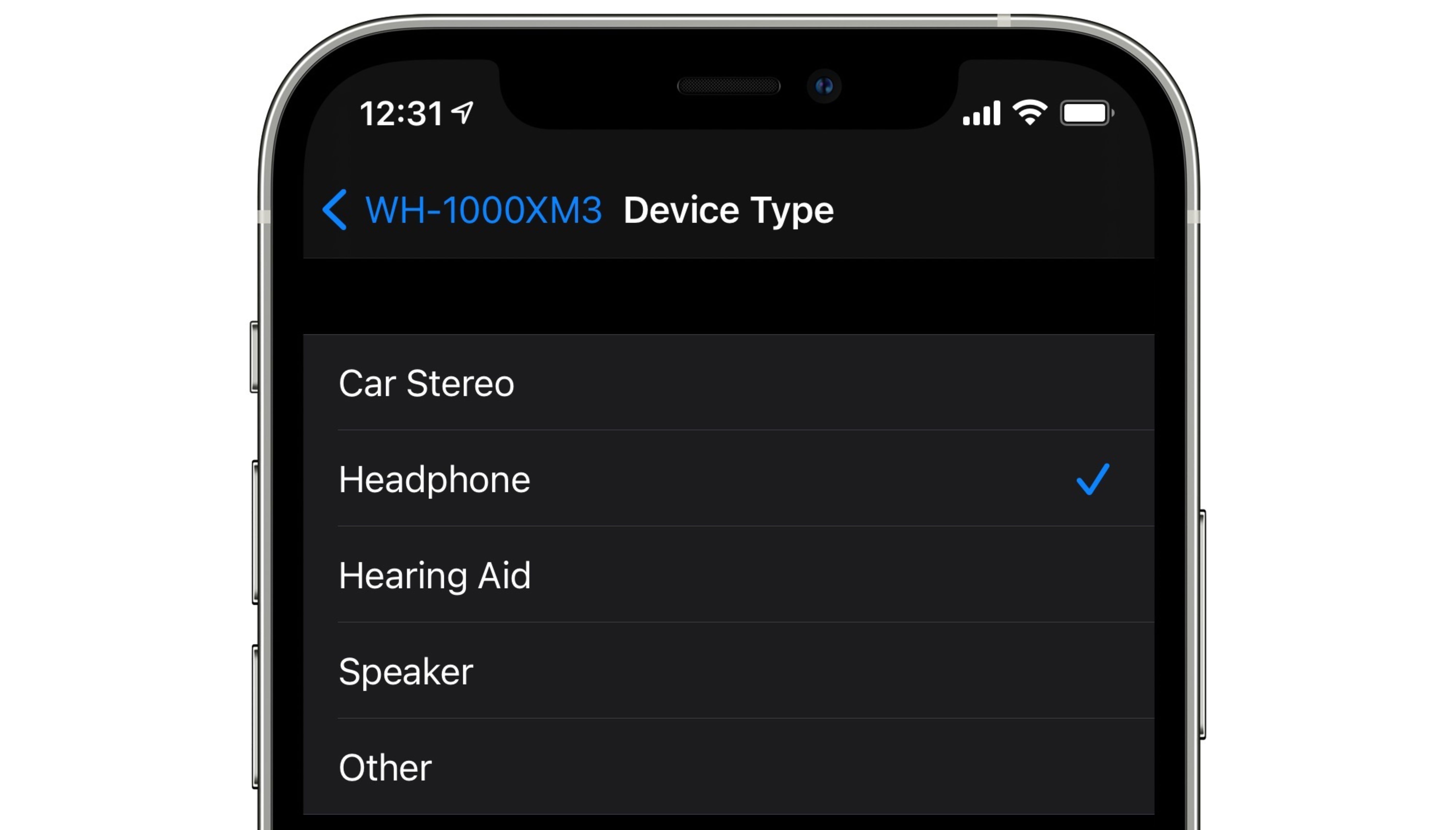What is Apache Cassandra? The Open Source Business Model, Funding, and Community: A Deep Dive into a Scalable Future
Abstract This post explores Apache Cassandra’s robust design and sustainable open source business model. We discuss its technological features, diverse funding strategies including corporate sponsorships, community contributions, and service contracts, as well as its licensing under the Apache 2.0 model. Additionally, the post provides background, key concepts, real-world applications, challenges, limitations, and future outlooks. Comparisons with modern tokenized funding approaches further illustrate how Apache Cassandra continues to shape the tech ecosystem. This article also includes tables, bullet lists, and links to authoritative sources for technical experts and enthusiasts alike. Introduction In today’s digital age, managing large amounts of data across distributed systems is essential. Apache Cassandra is one of the leading NoSQL databases that has risen to this challenge with its fault-tolerant, decentralized architecture and scalability. Originally developed at Facebook and later embraced as a flagship project by the Apache Software Foundation, Cassandra is now widely used in finance, telecommunications, e-commerce, and other enterprise environments. This post explains what Apache Cassandra is, how it maintains its open source funding model, and the role of its global community. We will compare Cassandra’s approach to modern tokenization projects, such as those seen in the NFT space, and highlight its technical innovations. By the end, you’ll gain a solid understanding of both the technological strengths and the economic sustainability of this remarkable project. Background and Context Apache Cassandra’s evolution is rooted in both innovative technology and a strong open source community. Originally created to handle high-volume data with minimal latency, Cassandra was designed with a decentralized architecture so that no single point of failure could disrupt operations. Key historical milestones include: Origins: Developed by Facebook to manage inbox search, and later released as an open source project. Adoption: Its design quickly resonated with enterprises worldwide due to its ability to scale horizontally. Governance: The project is maintained by the Apache Software Foundation, ensuring transparency and community governance through its Apache 2.0 License. Apache Cassandra exemplifies how open source projects can foster innovation while supporting sustainable funding models. It combines corporate sponsorships, community donations, and service contracts to provide continued financial support and technical development. Core Concepts and Features Cassandra is renowned for several key technological attributes. Here, we highlight the core concepts and features: Distributed Architecture Decentralization: Data is spread equally across multiple nodes. This not only enhances performance but offers resilience against hardware failures. Replication: Data replication strategies ensure continuity, even if individual nodes fail. Scalability: As data requirements grow, new nodes can easily be added without disrupting the system. Performance and Fault Tolerance High Throughput: Cassandra is optimized for fast read and write operations. Its flexible data model is ideal for real-time data management. Fault Tolerance: By replicating data across nodes, the system ensures that data loss is minimized—a critical feature for mission-critical applications. Open Source Licensing Apache 2.0 License: This model allows users to freely use, modify, and distribute the software. It also offers explicit patent protection, which reduces the risk of litigation. Transparency: With clearly defined governance procedures, community contributions are encouraged and valued, making it easier for companies and individual developers to contribute. Table: Feature Comparison of Apache Cassandra Feature Apache Cassandra Other NoSQL Databases Architecture Decentralized, peer-to-peer Often centralized or master-slave Scalability Horizontal scaling without downtime Limited scaling with potential downtime Fault Tolerance Data replication across nodes Varies; may use proprietary replication License Apache 2.0 License Various (e.g., GPL, MIT) Community Support Strong global community with diverse corporate backing Varies across different projects Applications and Use Cases Apache Cassandra has proven its value through real-world implementations. Below, we outline a few practical examples: Case Study 1: Retail Platforms A major retail enterprise integrated Apache Cassandra to manage real-time transaction and inventory data across a global network of stores. Cassandra’s distributed architecture ensured: Uninterrupted service during peak shopping times. Easy horizontal scaling as data loads increased. Seamless data replication that prevented any loss during hardware failures. Funding for

Abstract
This post explores Apache Cassandra’s robust design and sustainable open source business model. We discuss its technological features, diverse funding strategies including corporate sponsorships, community contributions, and service contracts, as well as its licensing under the Apache 2.0 model. Additionally, the post provides background, key concepts, real-world applications, challenges, limitations, and future outlooks. Comparisons with modern tokenized funding approaches further illustrate how Apache Cassandra continues to shape the tech ecosystem. This article also includes tables, bullet lists, and links to authoritative sources for technical experts and enthusiasts alike.
Introduction
In today’s digital age, managing large amounts of data across distributed systems is essential. Apache Cassandra is one of the leading NoSQL databases that has risen to this challenge with its fault-tolerant, decentralized architecture and scalability. Originally developed at Facebook and later embraced as a flagship project by the Apache Software Foundation, Cassandra is now widely used in finance, telecommunications, e-commerce, and other enterprise environments.
This post explains what Apache Cassandra is, how it maintains its open source funding model, and the role of its global community. We will compare Cassandra’s approach to modern tokenization projects, such as those seen in the NFT space, and highlight its technical innovations. By the end, you’ll gain a solid understanding of both the technological strengths and the economic sustainability of this remarkable project.
Background and Context
Apache Cassandra’s evolution is rooted in both innovative technology and a strong open source community. Originally created to handle high-volume data with minimal latency, Cassandra was designed with a decentralized architecture so that no single point of failure could disrupt operations. Key historical milestones include:
- Origins: Developed by Facebook to manage inbox search, and later released as an open source project.
- Adoption: Its design quickly resonated with enterprises worldwide due to its ability to scale horizontally.
- Governance: The project is maintained by the Apache Software Foundation, ensuring transparency and community governance through its Apache 2.0 License.
Apache Cassandra exemplifies how open source projects can foster innovation while supporting sustainable funding models. It combines corporate sponsorships, community donations, and service contracts to provide continued financial support and technical development.
Core Concepts and Features
Cassandra is renowned for several key technological attributes. Here, we highlight the core concepts and features:
Distributed Architecture
- Decentralization: Data is spread equally across multiple nodes. This not only enhances performance but offers resilience against hardware failures.
- Replication: Data replication strategies ensure continuity, even if individual nodes fail.
- Scalability: As data requirements grow, new nodes can easily be added without disrupting the system.
Performance and Fault Tolerance
- High Throughput: Cassandra is optimized for fast read and write operations. Its flexible data model is ideal for real-time data management.
- Fault Tolerance: By replicating data across nodes, the system ensures that data loss is minimized—a critical feature for mission-critical applications.
Open Source Licensing
- Apache 2.0 License: This model allows users to freely use, modify, and distribute the software. It also offers explicit patent protection, which reduces the risk of litigation.
- Transparency: With clearly defined governance procedures, community contributions are encouraged and valued, making it easier for companies and individual developers to contribute.
Table: Feature Comparison of Apache Cassandra
| Feature | Apache Cassandra | Other NoSQL Databases |
|---|---|---|
| Architecture | Decentralized, peer-to-peer | Often centralized or master-slave |
| Scalability | Horizontal scaling without downtime | Limited scaling with potential downtime |
| Fault Tolerance | Data replication across nodes | Varies; may use proprietary replication |
| License | Apache 2.0 License | Various (e.g., GPL, MIT) |
| Community Support | Strong global community with diverse corporate backing | Varies across different projects |
Applications and Use Cases
Apache Cassandra has proven its value through real-world implementations. Below, we outline a few practical examples:
Case Study 1: Retail Platforms
A major retail enterprise integrated Apache Cassandra to manage real-time transaction and inventory data across a global network of stores. Cassandra’s distributed architecture ensured:
- Uninterrupted service during peak shopping times.
- Easy horizontal scaling as data loads increased.
- Seamless data replication that prevented any loss during hardware failures.
Funding for such a deployment was backed by corporate sponsorships and service contracts, showcasing the strength of the Apache Cassandra model.
Case Study 2: Telecommunications
Telecommunication companies leverage Cassandra to handle massive numbers of call detail records (CDRs) and network metrics. This use case highlighted:
- The robustness of fault tolerance when processing millions of transactions per day.
- The ability to maintain high performance under heavy loads.
- Financial support via dedicated industry partners and community efforts.
Comparison With Token-Based Funding
While some modern projects explore tokenized funding models—often seen in NFT platforms like the Zed Run NFT Collection—Apache Cassandra relies on tried and tested funding streams. Traditional funding methods, including donations and corporate backing, provide a stable support structure. In contrast, tokenization offers a dynamic method of incentivizing community contributions, but it is still emerging in comparison to established models.
Challenges and Limitations
Despite its many strengths, Apache Cassandra is not without challenges. Some of the practical limitations include:
Technical Challenges
- Complex Configuration: Deploying and managing a distributed system like Cassandra can be complex and requires deep technical expertise.
- Latency Issues: In multi-data center deployments, ensuring low latency worldwide can sometimes be difficult.
- Consistency vs. Availability: The trade-off between consistency and availability requires careful configuration by administrators.
Adoption Challenges
- Learning Curve: Due to its decentralized nature and unique query language (CQL), new developers must invest time to learn the platform.
- Ecosystem Integration: Integrating Cassandra into existing legacy systems can pose challenges, requiring robust middleware solutions.
Comparative Limitations
While token-based funding methods are driving innovation in some projects, empirical challenges remain regarding regulatory compliance and market volatility. The stable, well-established funding model of Apache Cassandra offers fewer uncertainties compared to emerging blockchain-based models like those discussed in posts such as Exploring the Drip Network Tax Structure.
Future Outlook and Innovations
The future of Apache Cassandra and open source infrastructure looks promising. Based on trends and emerging innovations, here are some predictions and future directions:
Enhanced Integration with Cloud Services
- Hybrid Deployments: As multi-cloud environments become standard, Cassandra is expected to integrate more deeply with cloud service providers, offering seamless hybrid solutions.
- Cloud-Native Features: Enhanced containerization and orchestration through Kubernetes may simplify deployment and scaling.
Innovations in Funding Models
- Hybrid Funding Approaches: The combination of traditional funding with emerging token-based models could be explored by the community. This trend is reminiscent of innovative projects discussed in posts like Funding Open Source Innovation.
- Increased Corporate Sponsorship: As enterprises continue to rely on Cassandra for critical workloads, corporate sponsorship and dedicated funding are expected to increase.
Community and Ecosystem Growth
- Developer Incentives: Community initiatives such as hackathons, workshops, and grants will continue to drive the ecosystem forward.
- Interoperability: With an increasing focus on blockchain interoperability—illustrated by projects like Arbitrum and Open Source License Compatibility—future innovations may merge distributed systems with emerging blockchain technologies.
Table: Future Trends in Apache Cassandra Ecosystem
| Trend | Impact on Cassandra | Related Modern Approaches |
|---|---|---|
| Cloud-Native Integration | Simplified deployment in multi-cloud environments | Enhancements in Kubernetes and container orchestration |
| Hybrid Funding Models | Greater financial stability and community incentives | Mix of traditional funding with token-based models |
| Enhanced Developer Tools | Lower learning curve and easier maintenance | Open source grants and community-driven innovation (see GitHub Sponsors) |
| Interoperability | Integration with blockchain for robust security and transparency | Innovations in decentralized systems and NFT licensing models |
Additional Resources and Developer Insights
To further explore the topic, consider checking out the following resources:
- Apache Cassandra Codebase: Delve into the Apache Cassandra GitHub repository to see ongoing development and community contributions.
- Licensing Fundamentals: Learn more about the Apache 2.0 License and how it promotes freedom and innovation.
- Blockchain and Open Source Fusion: Gain insights from articles such as Exploring Blockchain’s Revolutionary Role in Open Source Software and Funding Open Source Innovations, which discuss new funding mechanisms and sustainable models.
- NFT and Tokenization Discussions: For perspectives on token-based models that can complement traditional approaches, check out the World of Women NFT Collection.
Bullet List: Key Takeaways
- Scalability: Cassandra’s decentralized architecture enables horizontal scaling, crucial for modern data challenges.
- Fault Tolerance: Replication across nodes ensures high availability even in the event of hardware failures.
- Open Source Model: Corporate sponsorships, community donations, and service contracts fortify its financial grounding.
- Licensing: The Apache 2.0 License provides legal protection and encourages wide adoption.
- Future Innovations: Enhanced cloud integration and emerging hybrid funding models promise to broaden its ecosystem.
Summary
Apache Cassandra stands as a trailblazer in the realm of distributed NoSQL databases. Its decentralized architecture, scalability, and robust fault tolerance are complemented by an innovative open source funding model. The use of the Apache 2.0 License ensures a transparent, legally sound framework that fosters community contributions and corporate support.
We reviewed the background and context of Cassandra's evolution, highlighted its core features, and compared its funding and licensing with modern tokenized approaches. Real-world use cases in retail and telecommunications demonstrate its practical applications, while challenges such as complexity and integration remind users that no system is flawless. Looking forward, the integration with cloud services and potential hybrid funding approaches promise an exciting future for Apache Cassandra.
Conclusion
In conclusion, Apache Cassandra serves as a cornerstone of modern data infrastructure—a balanced merger of technical innovation and sustainable open source funding. Its story is an inspiring example of how an open source project can thrive through community engagement, corporate sponsorship, and transparent governance. The lessons learned from its development and operational model provide crucial insights for enterprises and developers globally.
As technological paradigms shift and new funding models such as tokenization emerge, the robust foundation laid by Cassandra remains as relevant as ever. Its ongoing evolution reflects broader trends in software development, ensuring that open source projects can sustainably manage mission-critical applications for years to come.
For those interested in exploring further, we recommend visiting the Apache Cassandra official website and following discussions on platforms like Dev.to, which highlight similar challenges and opportunities in the open source ecosystem.
By understanding Cassandra’s technical and economic strengths, developers and stakeholders alike can appreciate the intricate balance that powers modern distributed systems—an essential ingredient for success in today’s digital landscape.
Embracing the spirit of open source, Apache Cassandra shows us that robust technology, when paired with a vibrant community and diverse funding strategies, can truly redefine the future of data management and software development.







































































































































































![[The AI Show Episode 145]: OpenAI Releases o3 and o4-mini, AI Is Causing “Quiet Layoffs,” Executive Order on Youth AI Education & GPT-4o’s Controversial Update](https://www.marketingaiinstitute.com/hubfs/ep%20145%20cover.png)


























































































































![Ditching a Microsoft Job to Enter Startup Purgatory with Lonewolf Engineer Sam Crombie [Podcast #171]](https://cdn.hashnode.com/res/hashnode/image/upload/v1746753508177/0cd57f66-fdb0-4972-b285-1443a7db39fc.png?#)














































.jpeg?#)
.jpg?#)






















































































_designer491_Alamy.jpg?width=1280&auto=webp&quality=80&disable=upscale#)













































































































![Apple Shares New 'Mac to School' Ads: Pointed, Mirrored, Dropped In [Video]](https://www.iclarified.com/images/news/97295/97295/97295-640.jpg)
![Apple Drops New Trailer for 'F1' Starring Brad Pitt [Video]](https://www.iclarified.com/images/news/97296/97296/97296-640.jpg)
![Apple iPhone Exports From India Surge 116% [Report]](https://www.iclarified.com/images/news/97292/97292/97292-640.jpg)
![Apple Shares 'Last Scene' Short Film Shot on iPhone 16 Pro [Video]](https://www.iclarified.com/images/news/97289/97289/97289-640.jpg)































































































